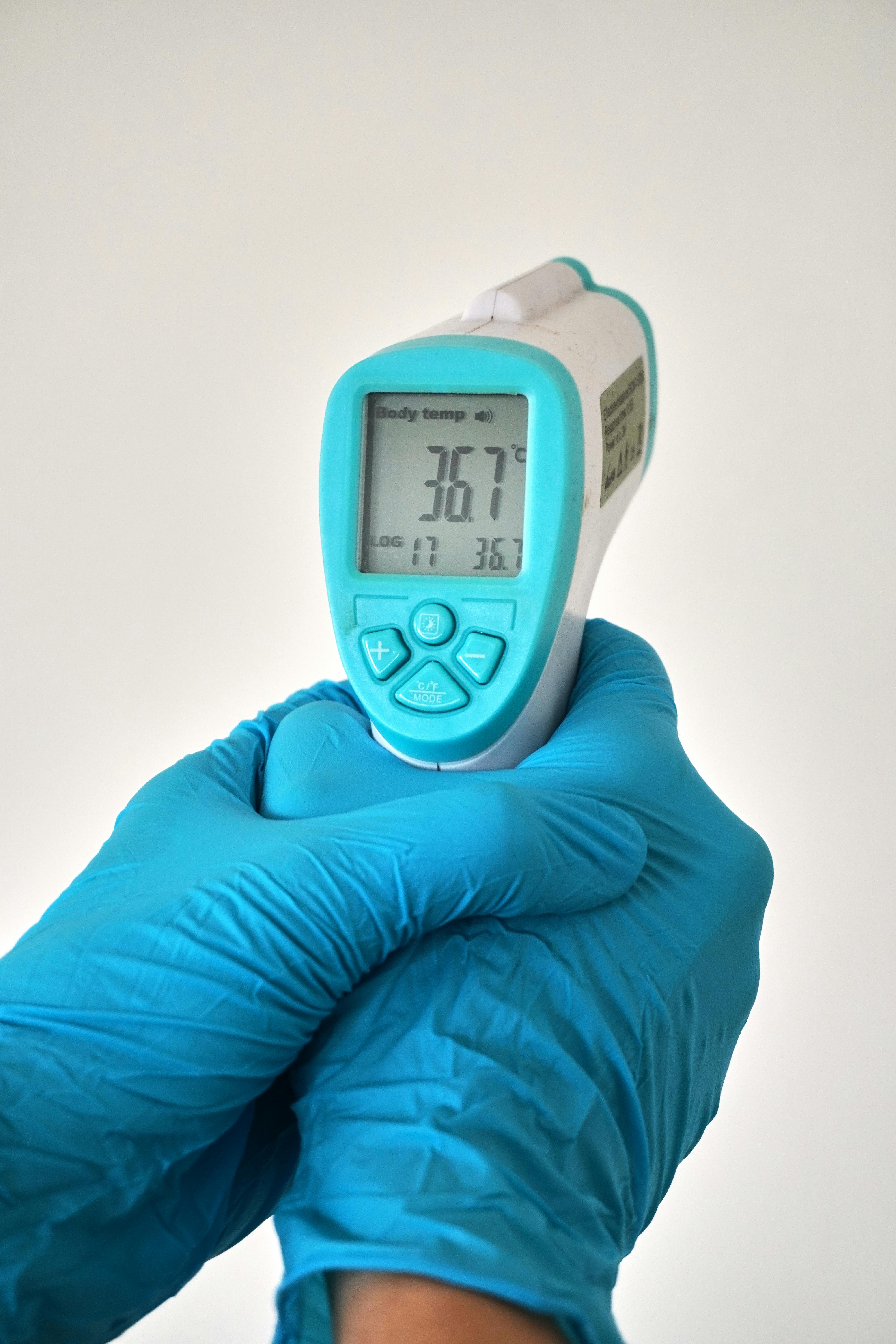Ever found yourself wondering if it’s sweater weather before even stepping outside? An indoor-outdoor thermometer can be your best friend, providing real-time updates on the temperatures inside and outside your home. These handy devices take the guesswork out of your daily routine, ensuring you’re always dressed just right.
But with so many options on the market, how do you choose the best one? Whether you need precise readings for gardening, planning outdoor activities, or just keeping your home cozy, we’ve got you covered. Let’s dive into the top picks that’ll make temperature monitoring a breeze.
Understanding Indoor Outdoor Thermometers
Indoor-outdoor thermometers measure temperatures both inside and outside your home. Knowing these temperatures helps in managing comfort and energy use.

What Are Indoor Outdoor Thermometers?
Indoor-outdoor thermometers measure temperatures inside and outside simultaneously. They use sensors and display the readings on a central unit.
Key Features to Consider
Accuracy: Look for high precision to ensure reliable readings.
Wireless Sensors: Choose models with multiple, wireless sensors for flexibility in sensor placement.
Display: Ensure the display is clear and easy to read, even from a distance.
Range: Consider the sensor range, especially if you have a large property.
Additional Data: Some units show humidity, air pressure, and weather forecasts for comprehensive data.
Power Source: Check if it uses batteries or if a plug-in option is available. This affects placement and convenience.
Top Picks for Best Indoor Outdoor Thermometers
Wireless vs. Wired Models
Wireless models offer flexibility. They allow easy sensor placement without needing to run wires. Wired models, however, provide a stable connection. They eliminate interference issues, making them more reliable. If you need hassle-free setup, go wireless. Choose wired if you prefer consistent data transmission.
Digital vs. Analog Thermometers
Digital thermometers provide accurate readings. They feature easy-to-read displays and often include extra data like humidity. Analog thermometers offer simplicity and no need for batteries. They’re great for those who prefer a classic look. If you value accuracy and additional information, go digital. Analog suits you if you prefer low-maintenance and aesthetic design.
Benefits of Using an Indoor Outdoor Thermometer
Using an indoor outdoor thermometer offers multiple advantages for both home and professional use.
Home Use
You can monitor temperatures inside and outside simultaneously. This helps you dress appropriately for the weather. The device assists in optimizing your home’s heating and cooling systems, saving energy and reducing utility bills. If you have plants, it helps maintain proper indoor climates to keep them healthy. When planning outdoor activities, you get real-time data to help decide on suitable clothing.
Professional Use
« 10 Renter-Friendly Hacks to Soundproof Your Apartment and Silence Noisy Neighbors
Dyson Hair Dryer vs Regular: Which One Truly Transforms Your Hair Game? »
As a home builder and designer, accurate climate data is crucial during construction projects. An indoor outdoor thermometer helps ensure materials are stored at optimal temperatures, preserving their integrity. Accurate readings also contribute to better indoor climate control, enhancing energy efficiency and comfort in your designs. You can use the data to advise clients on improving their home environments. For site management, it provides immediate weather information, aiding in better planning and execution.
Maintenance Tips for Indoor Outdoor Thermometers
Indoor-outdoor thermometers require minimal maintenance to function optimally.
Regular Cleaning
Dirt and dust can affect your thermometer’s performance. Wipe the screen and sensors with a soft cloth monthly. Avoid using chemicals as they damage components.
Battery Replacement and Care
Weak batteries produce inaccurate readings. Replace the batteries every six months. Use high-quality batteries to prevent leakage and damage. Check for corrosion and clean the contacts if needed.
Conclusion
Choosing the best indoor-outdoor thermometer can make a big difference in how you manage your home or workspace. With the right device, you’ll be able to keep an eye on temperature changes and make adjustments to heating and cooling systems effectively. Don’t forget to keep your thermometer in top shape by cleaning it regularly and replacing the batteries every six months. By doing so, you’ll ensure it continues to provide accurate readings and remains a reliable tool for years to come. Happy monitoring!















